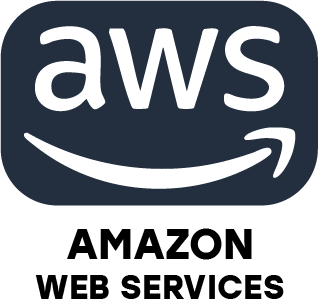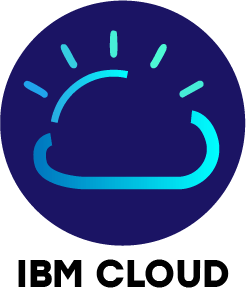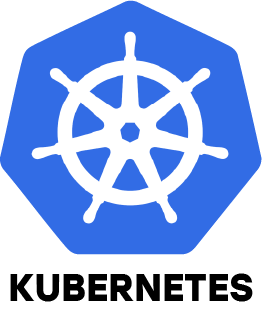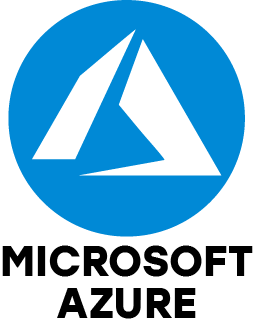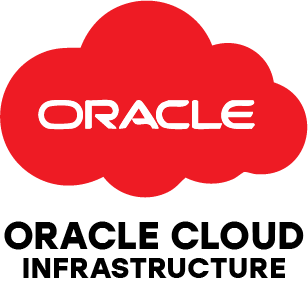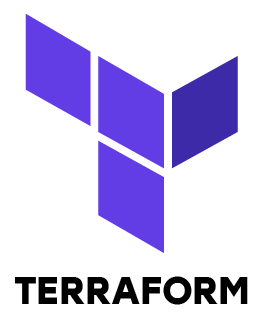1. What are the differences between AWS, Azure and GCP?
Ans:
AWS, Azure and GCP are leading cloud providers, each with distinct strengths. AWS offers a broad service portfolio and a strong ecosystem. Azure integrates best with Microsoft software, perfect for Windows-centric businesses. GCP is known for affordable, powerful data analytics and machine learning tools. Each differs in pricing, global data center setup and user experience.
2. How is high availability ensured in the cloud?
Ans:
High availability in the cloud involves deploying applications across multiple regions or zones to avoid failure points. Traffic is balanced through load balancers. Features like automatic failover, redundant data storage, health monitoring and backups work together to minimize downtime and ensure reliability.
3. Explain how AWS IAM functions.
Ans:
AWS IAM controls secure access to resources by defining users, groups and roles with precise permissions via policies. It enforces least privilege, supports multi-factor authentication, temporary credentials and federated identities to strengthen access control.
4. What distinguishes public, private and hybrid clouds?
Ans:
Public clouds such as AWS are shared environments accessible via the internet. Private clouds serve a single organization, hosted on-premises or externally. Hybrid clouds mix both, allowing data and apps to move between public and private setups, offering flexibility and better security.
5. How do you migrate an on-premise application to the cloud?
Ans:
Migration starts with evaluating the application’s cloud readiness. After choosing a cloud provider, the next steps are infrastructure setup and selecting a migration method like lift-and-shift, refactoring or re-platforming. Testing in the cloud and ongoing monitoring ensures smooth operation.
6. Which tools do you use for infrastructure automation?
Ans:
I use Terraform for coding infrastructure setups, Ansible for managing configurations and AWS CloudFormation for provisioning resources on AWS. These tools automate deployment, reduce errors and ensure environment consistency.
7. How is security and compliance managed on cloud platforms?
Ans:
Security is maintained through strict IAM controls, data encryption, patching and regular audits. Compliance with regulations like HIPAA or GDPR is achieved by implementing access policies, logging activities and continuous monitoring using services like AWS Config and Azure Security Center.
8. How have you applied auto-scaling and what does it mean?
Ans:
Auto-scaling automatically adjusts computing resources based on workload demands. For example, AWS can increase or decrease EC2 instances during peak and low traffic periods, optimizing cost and maintaining smooth application performance.
9. Describe your experience with cloud-based CI/CD pipelines.
Ans:
I have worked with CI/CD tools like Jenkins, GitHub Actions and AWS CodePipeline to automate software builds, tests and deployments. This automation speeds up delivery and reduces human errors, supporting deployments to Kubernetes clusters and serverless platforms.
10. How do you monitor and reduce cloud expenses in real time?
Ans:
Cloud cost management tools such as AWS Cost Explorer and Azure Cost Management track spending live. Cost saving is achieved by leveraging reserved or spot instances, eliminating unused resources and analyzing dashboards to prevent overspending.

